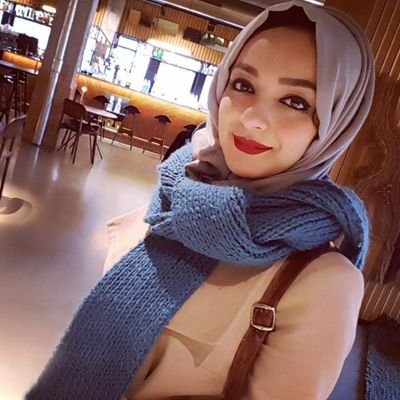Five distinctively Palestinian designs make up fashion designer Natalie Tahhan’s “Prints of Palestine” collection that shapes the Jerusalem-born designer’s brand. With her solo collection, Tahhan has set out to reinvigorate traditional Palestinian embroidery with contemporary and fashionable deigns.
Since she was a child, fashion and design have been part of Tahhan’s life. “I would fill up sketch books with little illustrations of clothes, and in school I was always really interested in art and design,” Tahhan told MEMO. “So naturally when I moved on to university, it was definitely something that I knew I wanted to do and pursue.”
Tahhan studied women’s wear at the London College of Fashion, part of the University of the Arts in the United Kingdom. Between the exposure to everything fashion and working on projects coming directly from the industry, Tahhan says it was during her time at university where she was able to immerse herself into all the different types of women’s wear, learn its history as well as acquire the techniques of how to construct a garment.
Based in Jerusalem, the business aims to celebrate and highlight Palestinian heritage and identity through traditional embroidery. “This is something that I really wanted to be the core ethos of the brand,” Tahhan said.
The collection comes in five prints, each of them unique to a different region in Palestine; Jerusalem, Gaza, Hebron, Ramallah and Jaffa. Each print consists of digitalised embroidery motifs and colours specific to that area.
A language of threads
“The motifs I used in my prints range between the years of 1850 and 1950 when embroidery was truly used as a means of communication and had such great symbolism,” Tahhan told MEMO.
A traditional handicraft of local women, Palestinian embroidery techniques and patterns were passed down from mother to daughter. The designs and stitching techniques of embroidered clothing worn by local Palestinian women often revealed much about the wearer’s status and area of origin within historic Palestine.
“The motifs form a story, a message, a language, that unfortunately in today’s world has become a lost art,” Tahhan explained.
The patterns and motifs of traditional Palestinian embroidery designs often evoke a distinctive time period or place. Many of them bear indicative names, such as the “Pasha’s Tent” and the “Canaanite Star”, which give a glimpse into the diverse history of the land and its inhabitants dating as far back as the Canaanites who lived in the region around 4,000 years ago.
 “My favourite print is definitely Jerusalem as it is my hometown,” Tahhan continued, adding that the print includes an intricate motif called “Sur Al-Quds”, which translates to the “Wall of Jerusalem”.
“My favourite print is definitely Jerusalem as it is my hometown,” Tahhan continued, adding that the print includes an intricate motif called “Sur Al-Quds”, which translates to the “Wall of Jerusalem”.
“The old city walls of Jerusalem are a grand historical structure that stands at the heart of the city, and the sight of which always made me feel like [I was] home.”
The “Prints of Palestine” collection has attracted worldwide attention, and Tahhan has been showered with emails and requests for orders. The designs have acted as a way for Palestine’s younger generation to relate to their rich cultural heritage and preserve it, something Tahhan was hoping for when she launched her business.
“If someone can take something away from something that I’ve created and really relate to it and understand it, and also become even more educated about the language of embroidery and what it meant…that makes me really happy.”
“It makes me really happy that people are identifying with the pieces,” Tahhan continued. “They are relating to the pieces and celebrating the fact that this is part of our culture and heritage.”
The solo collection is a stepping stone, Tahhan says, hoping to develop the line and the brand further, and offer a wider range of products and garments in the future.









